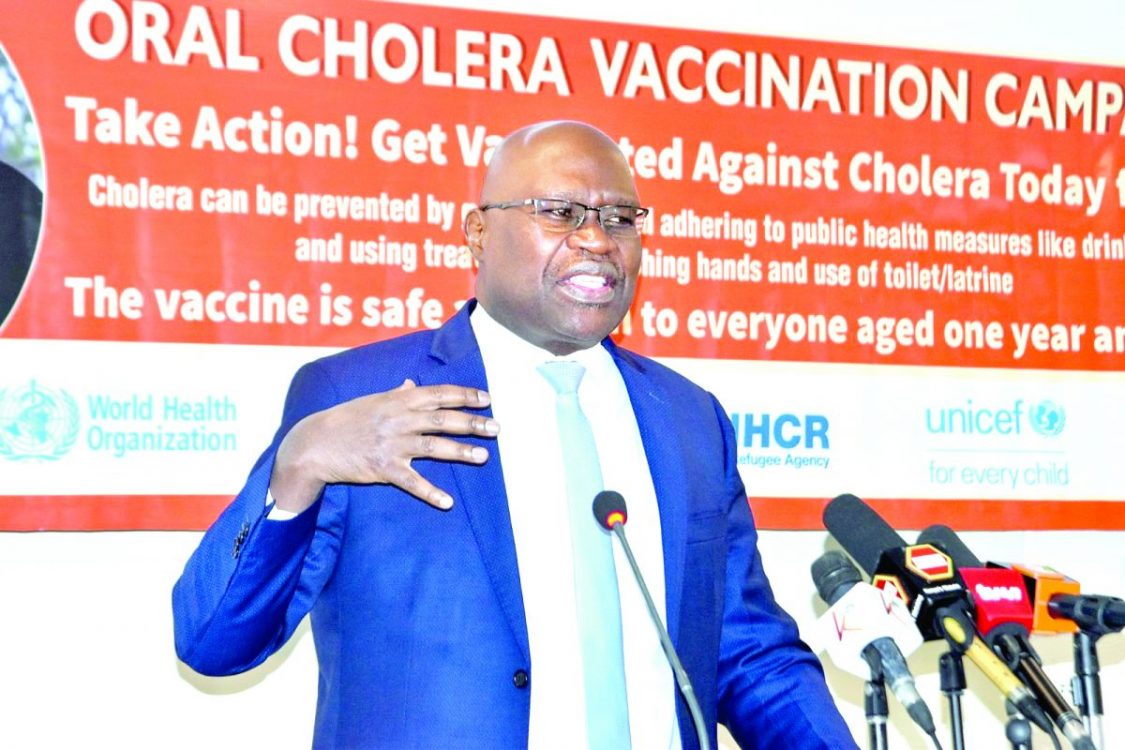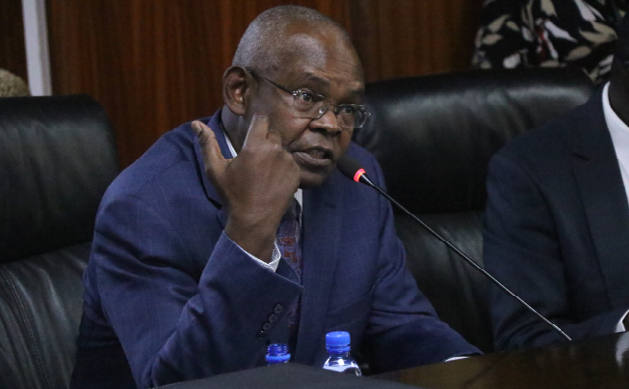State to roll out oral cholera vaccines in eight counties

The government is rolling out a massive Oral Cholera Vaccination (OCV) in eight counties to respond to the disease outbreak that has so far claimed 196 people since it was reported in October 2022.
An estimated 1,533,199 doses will be administered in the affected counties.
Most of those counties are in the Arid and Semi-Arid (ASALs) areas, with low hygiene and sanitation conditions.
As of March 26, this year, the deaths due to cholera had jumped to 122 from 55 in December 2022, rising by 40 from 15 reported in October, two months after the outbreak.
According to the government, the outbreak started on October 19, 2022 at a wedding festival in Kiambu county, and spread gradually to the current 26 counties with 11,181 total cholera cases so far reported.
“These numbers serve as a stark reminder of the urgent need for action and reinforce our determination to combat this deadly disease,” Health Principal Secretary in charge of Public Health and Professional Standards, Mary Muthoni Muriuki said in remarks presented by Deputy Director General of Health, Dr Sultani Matendechero.
The PS said the outbreak has taken -toll on the communities, causing immense suffering and loss as the Case Fatality Rate (CFR) stood at 1.7 per cent, underscoring the severity of the situation.
Comprehensive strategies
“We cannot stand idly by while our people continue to face the threat of this preventable and treatable disease,” she stated, noting that in response to the crisis, the Ministry had finalised the Kenya National Multi-sectoral Cholera Elimination Plan for 2022-2030.
“This plan outlines comprehensive strategies to combat the spread of cholera and it includes the use of Oral Cholera Vaccines (OCV) as recommended by the Kenya National Immunisation Technical Advisory Group (KENITAG),” Muriuki pointed out.
She listed the counties where the OCV intervention will take place as Homa Bay (Suba South), Kajiado (Kajiado East), Marsabit (Moyale), Nairobi (Kamukunji and Embakasi Central), Wajir (Wajir North), Mandera (Mandera East), Machakos, and Garissa.
However, in Machakos the ministry will concentrate on vaccinating the residents of the GK Prison Camp and the School for the Deaf, whereas in Garissa, the focus will be new arrivals at the Dadaab refugee camp.
In the recent Kenya Health Demographic and Health Survey (KDHS), counties like Wajir and Garissa reported 76.7 per cent and 48.2 per cent of their population defecating in the open respectively as compared to Uasin Gishu’s 1.8 per cent and the national average of 43 per cent.
This signifies the fact that those counties have the least access to water, sanitation, hygiene services, and health care services.















